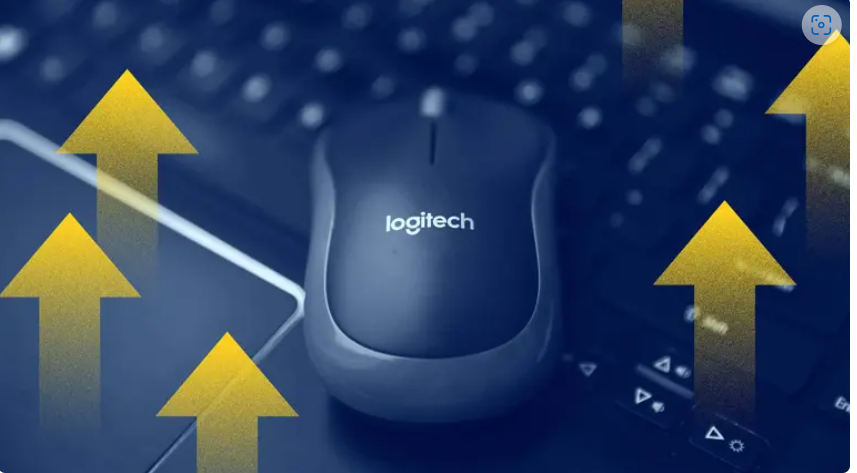If you’ve noticed your favorite tech accessories getting more expensive lately, you’re not alone. Prices for essential office gear—like keyboards and mice—have jumped, and tariffs are a big part of the reason.
💸 Logitech Raises Prices Quietly—But Sharply
Popular peripherals brand Logitech has quietly increased prices on several of its products, including some best-selling keyboards and mice. Reports suggest price hikes of up to 25%, directly impacting business buyers and everyday consumers alike.
For instance:
-
The MX Keys keyboard jumped from under $110 to nearly $130
-
The K400 Plus Wireless Touch Keyboard rose from $28 to $35
These changes follow the company’s recent decision to withdraw its financial forecast for FY2026, citing “tariff uncertainties” as a major factor.
🔍 Who Spotted the Change?
Tech YouTuber Cameron Dougherty has been tracking Logitech product prices, revealing that over 50% of their catalog has seen price increases in just the past week. While a few items have dropped in price, the overall trend is clearly upward.
🧾 What’s Behind the Price Hike?
Many experts—including journalists at The Verge—are linking this price surge to the Trump administration’s renewed global tariffs, which are disrupting supply chains across industries.
Logitech’s devices often include components imported from China and other countries, now subject to steep import duties. Rather than absorbing those costs, companies are passing them on to consumers and businesses.
🏢 Why This Matters for Your Office
You might think, “We don’t even use Logitech products.” But that’s beside the point. Office technology costs are rising across the board, and businesses—especially small ones—are feeling the squeeze.
If one computer mouse costs a few dollars more, it might not seem like much. But when you’re buying 200 devices for a growing team, even minor price increases can erode profit margins quickly.
📉 Real-World Impact on Small Businesses
Take ScreenFixing, a small tech repair shop in Atlanta. Owner Nate Minor told NBC News that Trump-era tariffs—like the 145% levy on Chinese imports—are making it harder to afford essential parts.
“I don’t want to slash my workers’ health benefits to pay for HDMI ports,” Minor said, “but I’m afraid I might have to.”
This anecdote highlights a broader trend: rising hardware costs threaten not just product pricing but employee welfare and operational stability.
⚠️ What You Can Do
-
Audit your tech procurement strategy — prioritize bulk orders or long-term vendor deals before prices rise further.
-
Explore alternative suppliers not affected by the same tariff brackets.
-
Keep an eye on tariff policy changes, especially if you depend on imported components.
Bottom Line:
The ripple effects of tariff policies are becoming clear—and your office tech budget could be the next to feel the heat. Whether you’re running a startup or managing procurement for a larger firm, now is the time to get proactive before tariffs take a bigger bite out of your bottom line.
